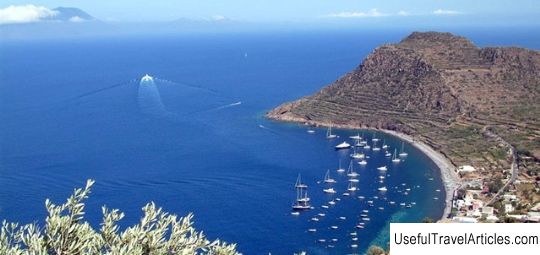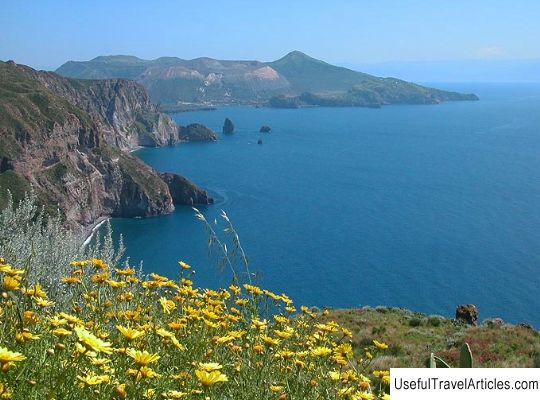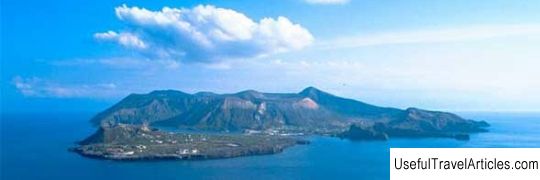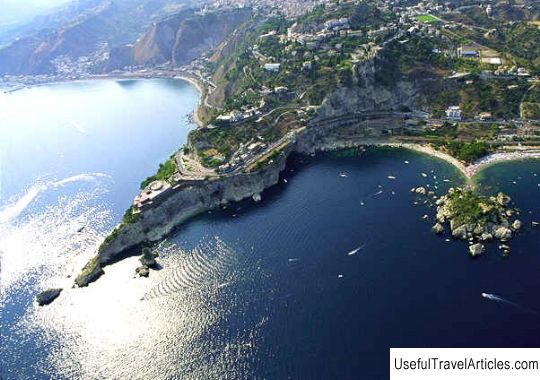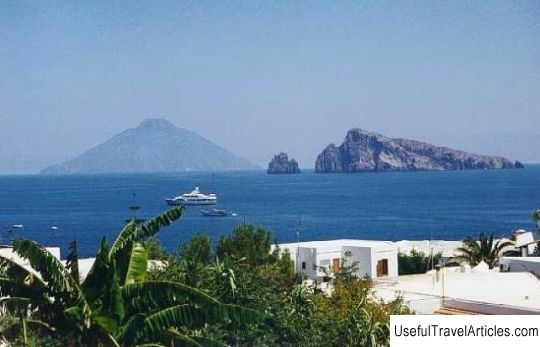Isola di Salina description and photos - Italy: Lipari (Aeolian) islands
Rating: 8,6/10 (8123 votes) 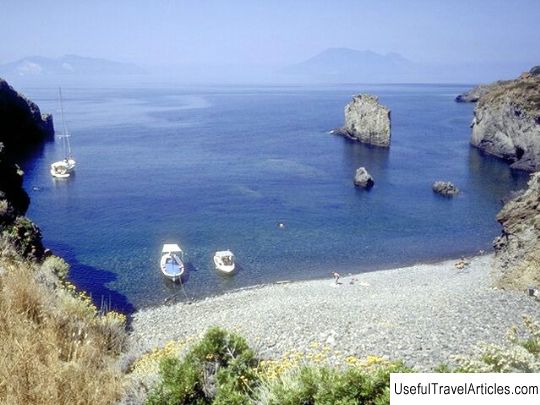
Isola di Salina description and photos - Italy: Lipari (Aeolian) Islands. Detailed information about the attraction. Description, photographs and a map showing the nearest significant objects. The title in English is Isola di Salina. Photo and descriptionSalina is the second largest island in the Aeolian archipelago in the Tyrrhenian Sea. It lies in the very center of the archipelago and covers an area of 26.8 square kilometers. It is home to about 4 thousand people - the population of the island is concentrated in three communities and several small villages. Salina is formed by two dormant volcanoes - Fossa delle Felci (968 m) and Monte dei Porri (860 m), while the top of Fossa delle Felci is the highest point of the entire archipelago. The last volcanic eruption on the island took place over 13 thousand years ago. The first people on Salina appeared in the Bronze Age. Then the island was regularly abandoned and repopulated, and in the 4th century BC. on the site of the modern town of Santa Marina, a Greek settlement was founded, which existed later, during the Roman Empire. From those times to the present day, numerous graves and burials have survived. In the Hellenic era, the island was known as Didyme, which comes from the Greek word for "twins" (it referred to the two peaks of Salina). In 1544, when Spain declared war on France, the French king Francis I asked for help from the Ottoman Sultan Suleiman. He sent to the rescue a whole fleet under the command of the famous pirate Barbarossa, who utterly defeated the Spaniards. True, during that war, the Aeolian Islands almost completely lost their population, and subsequently people from Sicily and Spain itself began to move here. In particular, this is how Salina was re-populated in the 16th century. Among the natural attractions of Salina, it is worth visiting the national reserve, the territory of which includes both island peaks, and the salt lake Lingua, which, by the way, gave the island its name ("salina" in Italian means salt mill). On the slopes of Fossa delle Felci, ancient Roman burials have been preserved. And between Malfoy and Leni there is a temple of Madonna del Terzito, built in 1630 and is a place of pilgrimage. Fragments of an ancient Roman villa were discovered here in the 18th century, but today they are deep underground.        We also recommend reading Agia Paraskevi Beach description and photos - Greece: Skiathos Island Topic: Isola di Salina description and photos - Italy: Lipari (Aeolian) islands. |
